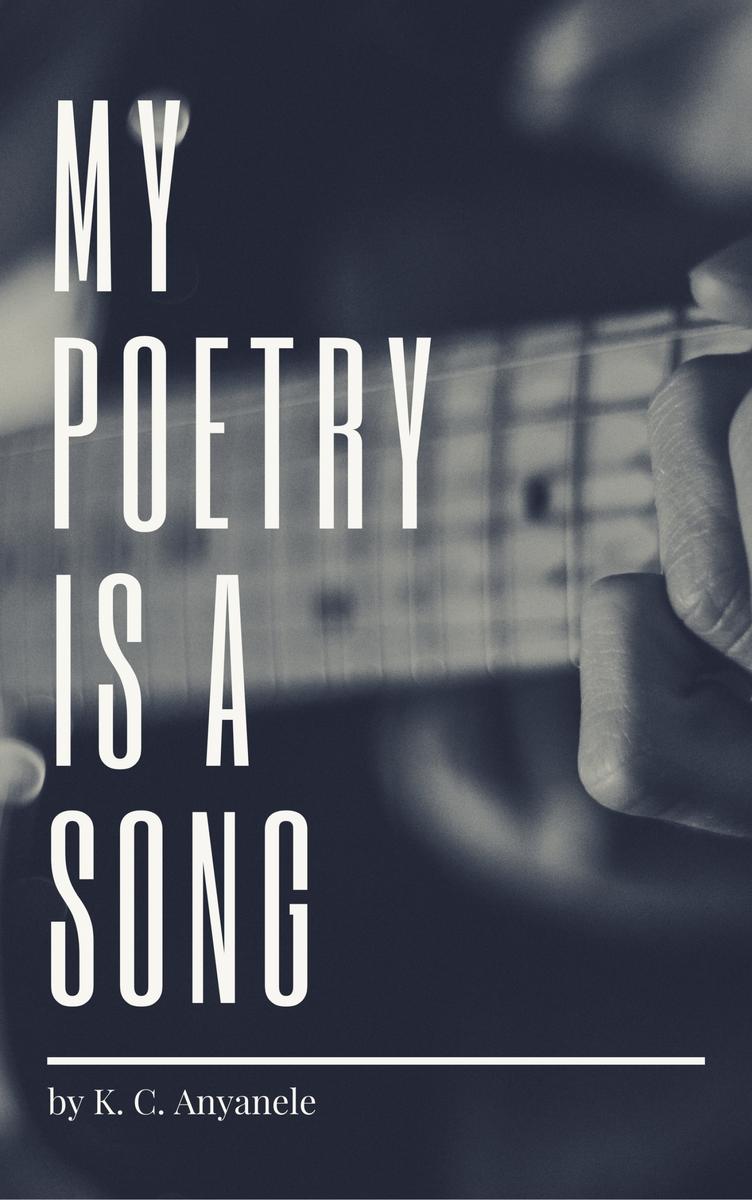
My Poetry Is A Song
¥32.62
My Poetry Is A Song
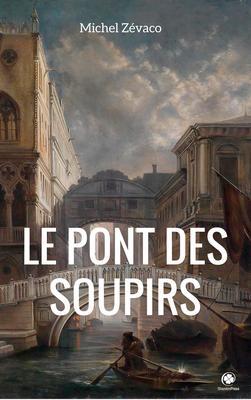
?uvres Complètes De Charles Baudelaire
¥18.00
uvres Complètes De Charles Baudelaire
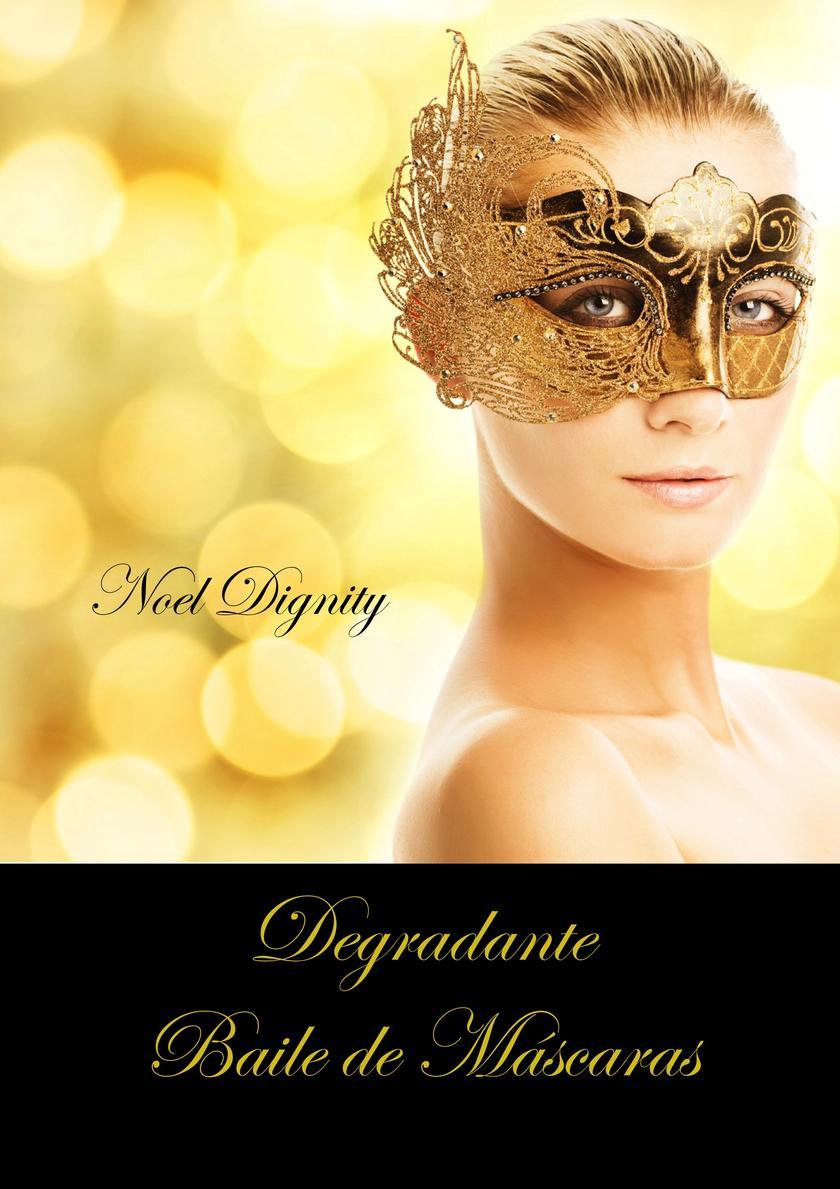
Degradante Baile de Máscaras
¥0.01
Degradante Baile de Máscaras
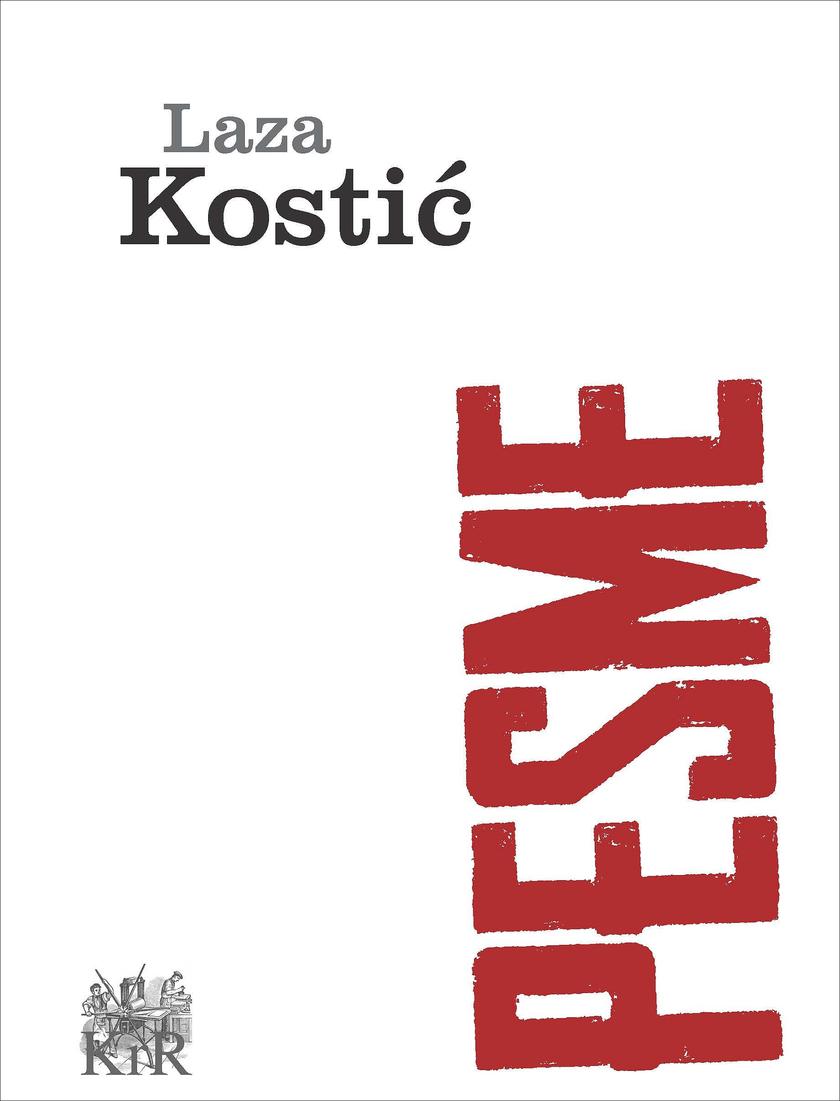
Pesme
¥33.27
Pesme
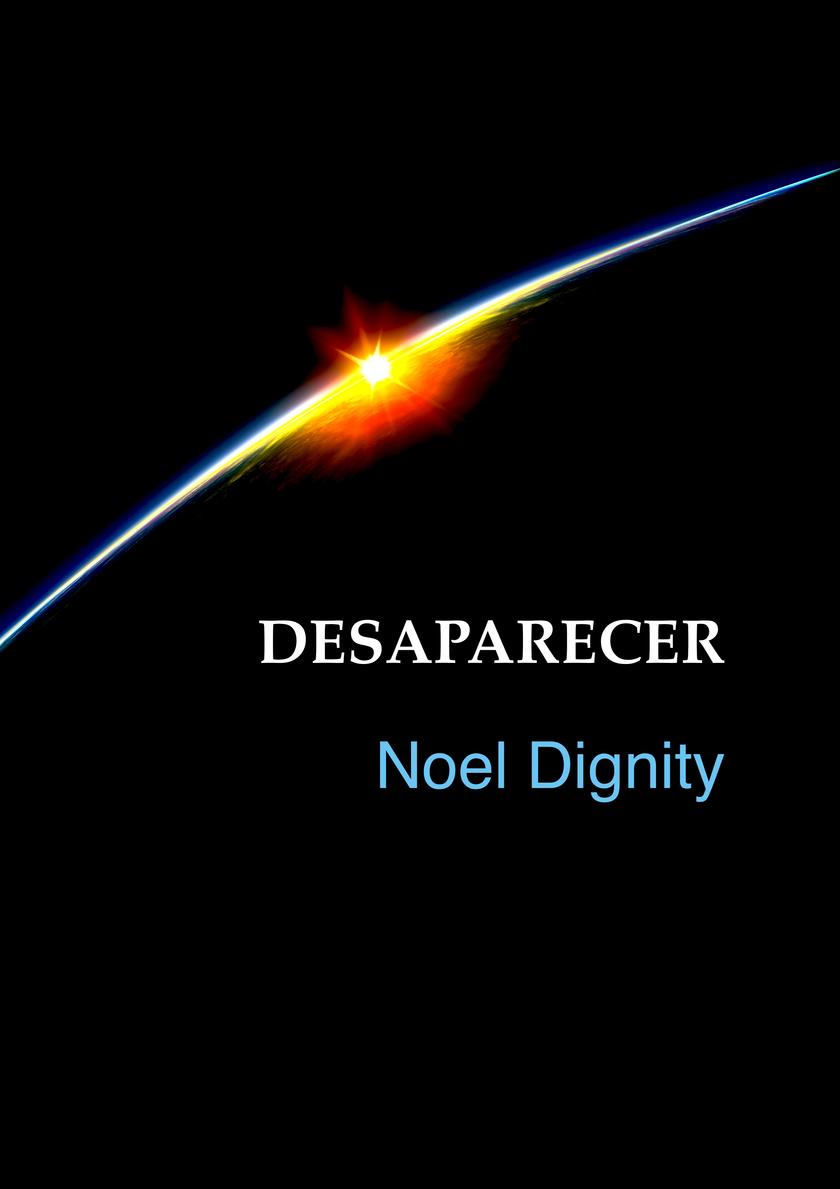
Desaparecer
¥0.01
Desaparecer
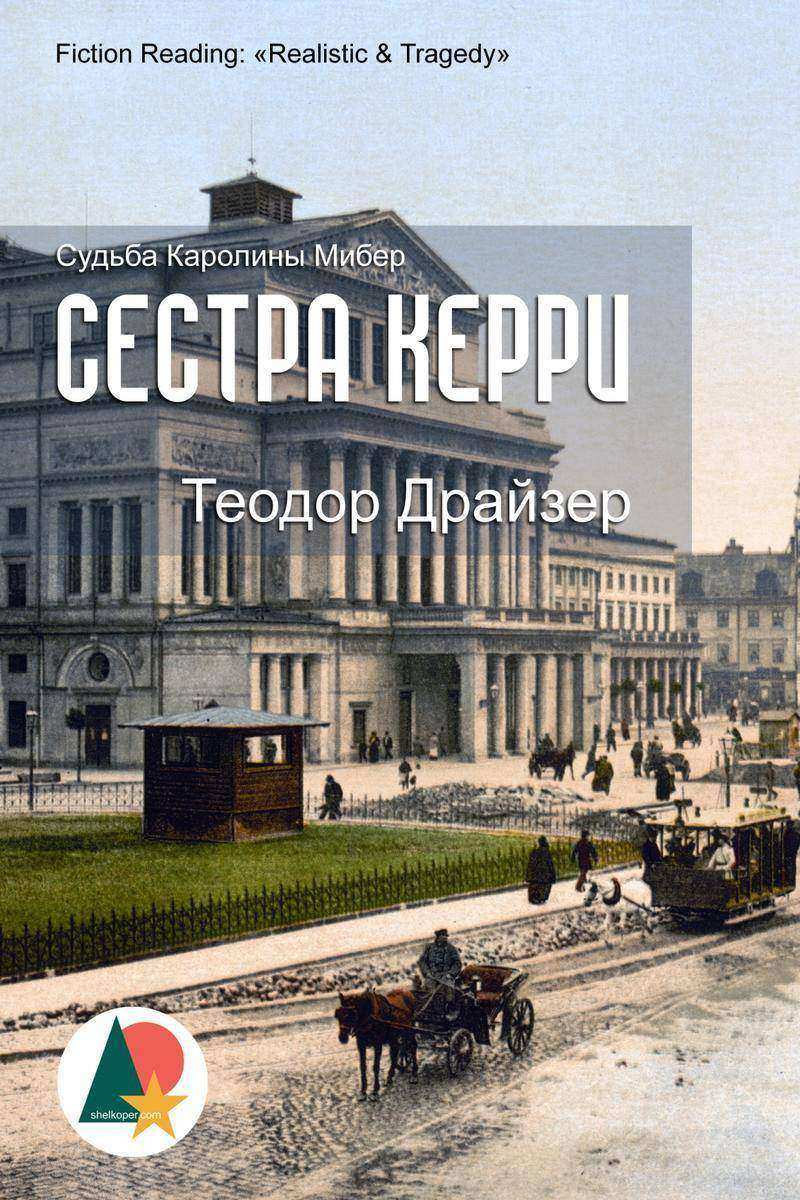
Сестра Керри: Судьба Каролины Мибер
¥28.61
Сестра Керри: Судьба Каролины Мибер
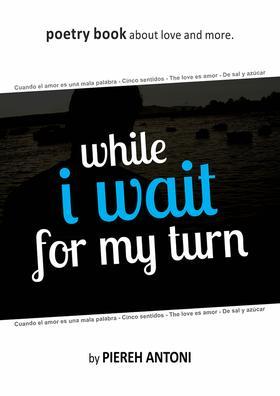
While I wait for my turn
¥7.72
While I wait for my turn
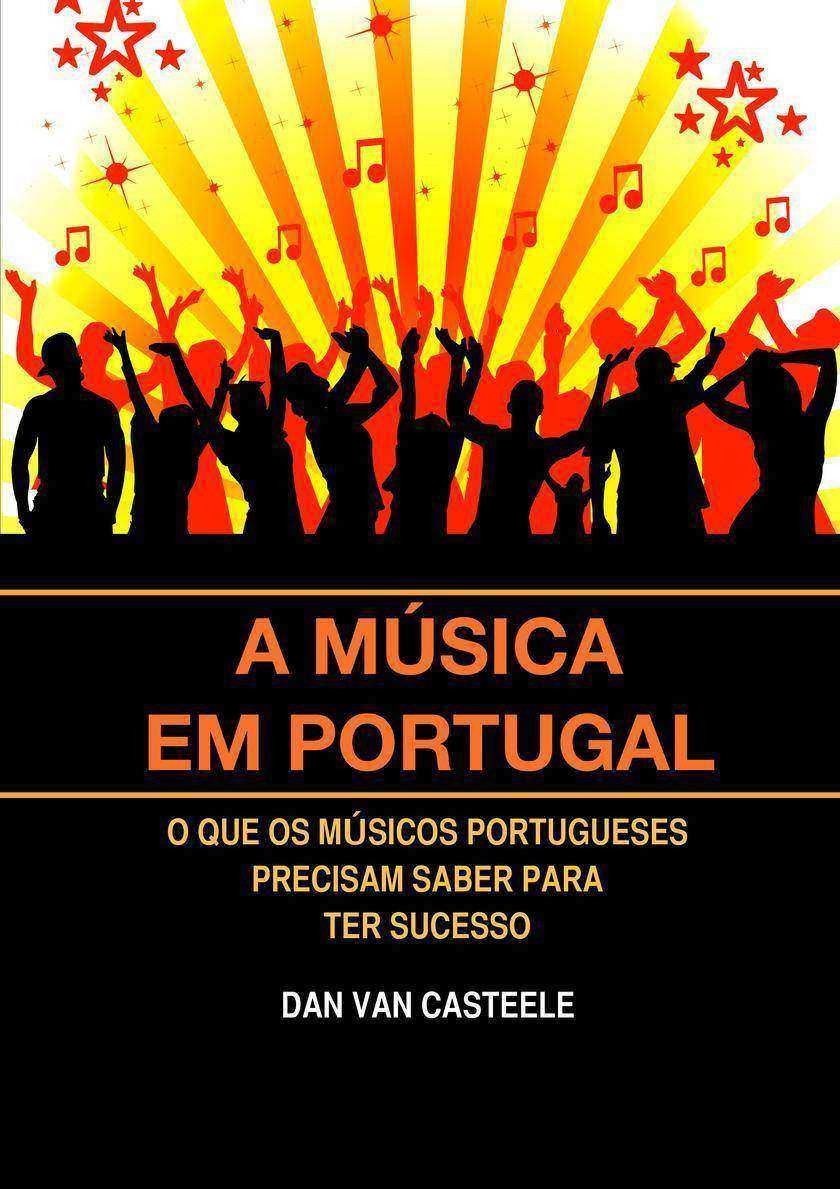
A Música em Portugal: O que os Músicos Portugueses Precisam Saber para ter Suces
¥24.44
A Música em Portugal: O que os Músicos Portugueses Precisam Saber para ter Sucesso
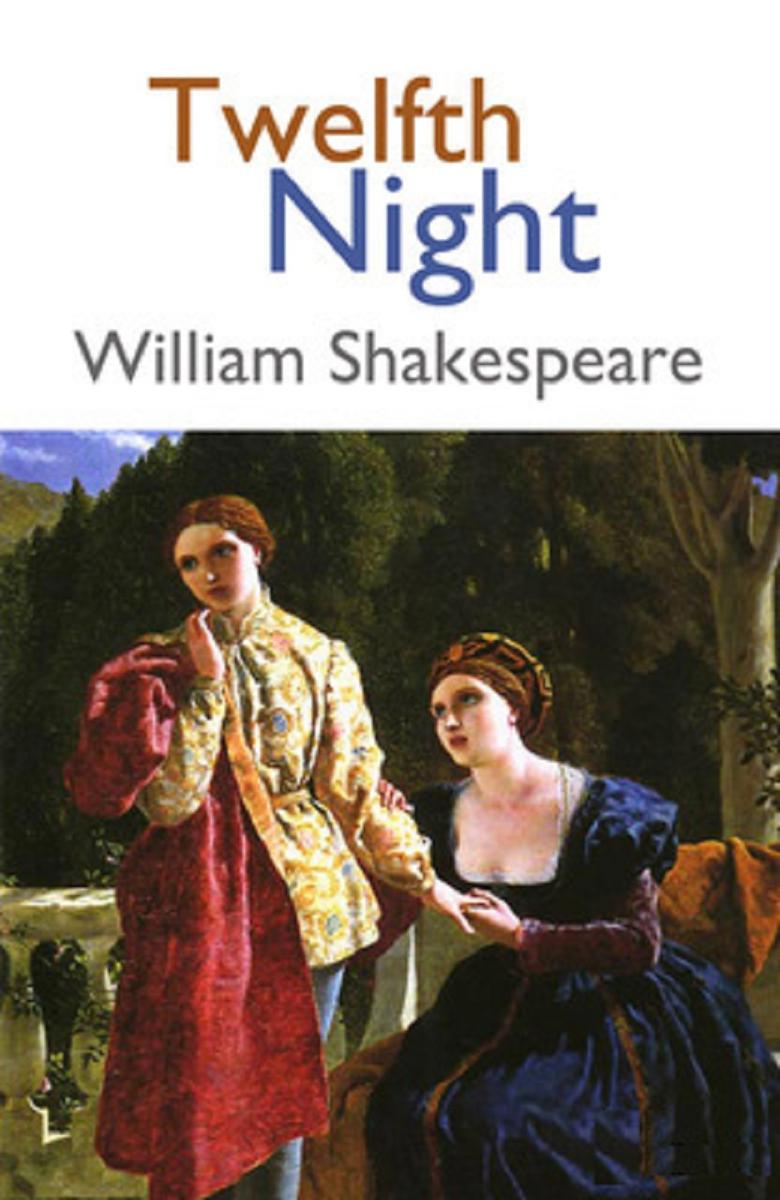
Twelfth Night
¥48.97
Twelfth Night

Amar a Vida: Os Poemas Mais Populares de Noel Dignity
¥24.44
Amar a Vida: Os Poemas Mais Populares de Noel Dignity

Pesme
¥33.27
Pesme
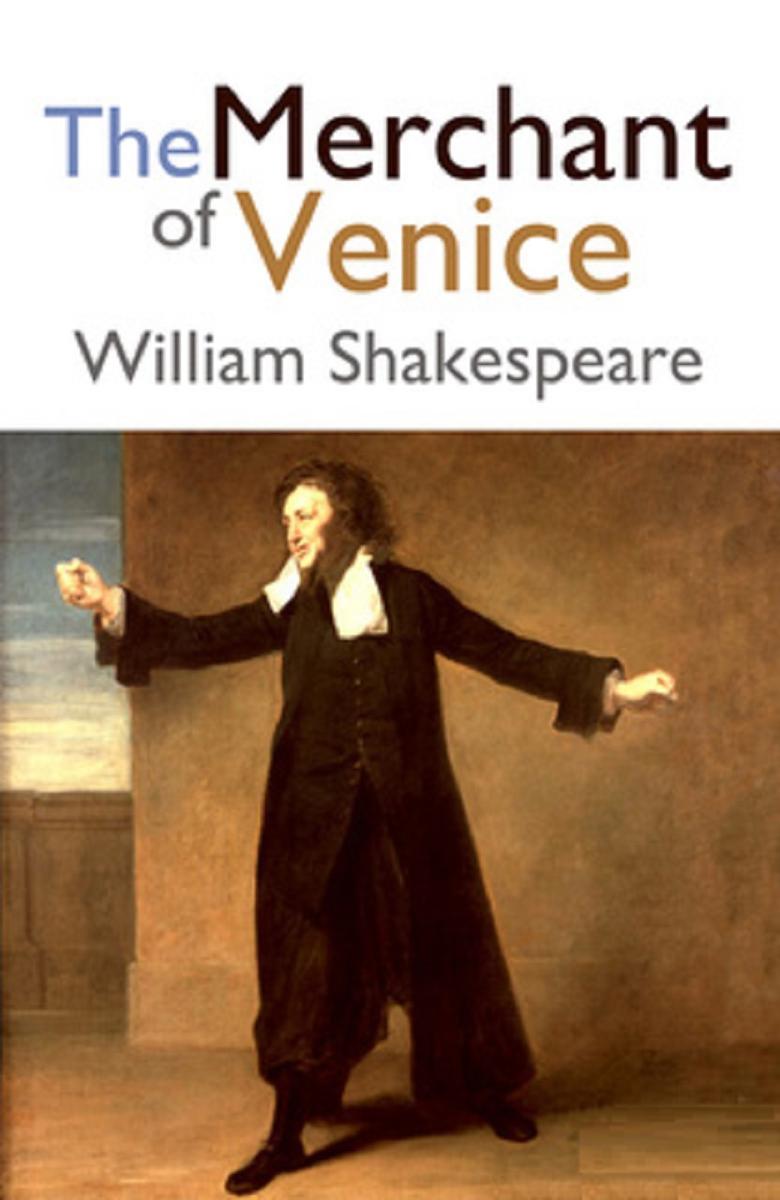
The Merchant of Venice
¥16.27
The Merchant of Venice

Breakers
¥32.29
Breakers

The Sea’s Secret Song: (Consonance or Dissonance)
¥24.44
The Sea’s Secret Song: (Consonance or Dissonance)

My Thoughtful Words
¥43.74
My Thoughtful Words
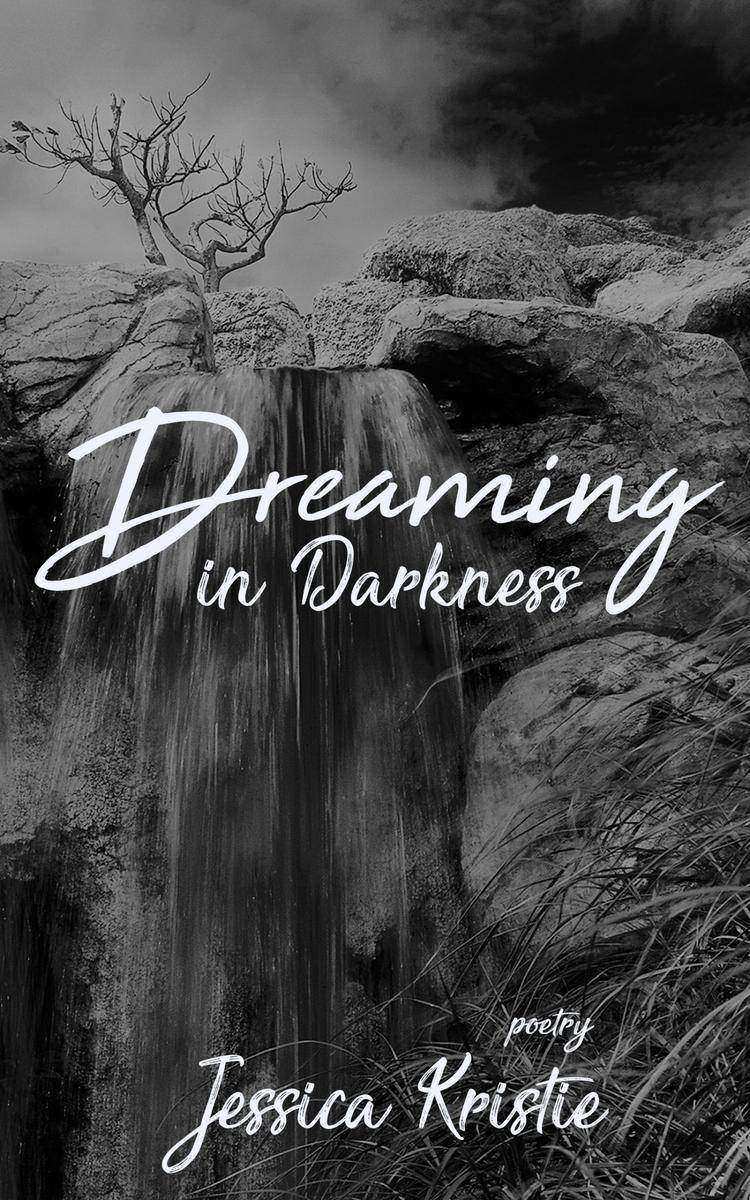
Dreaming in Darkness
¥24.44
Dreaming in Darkness
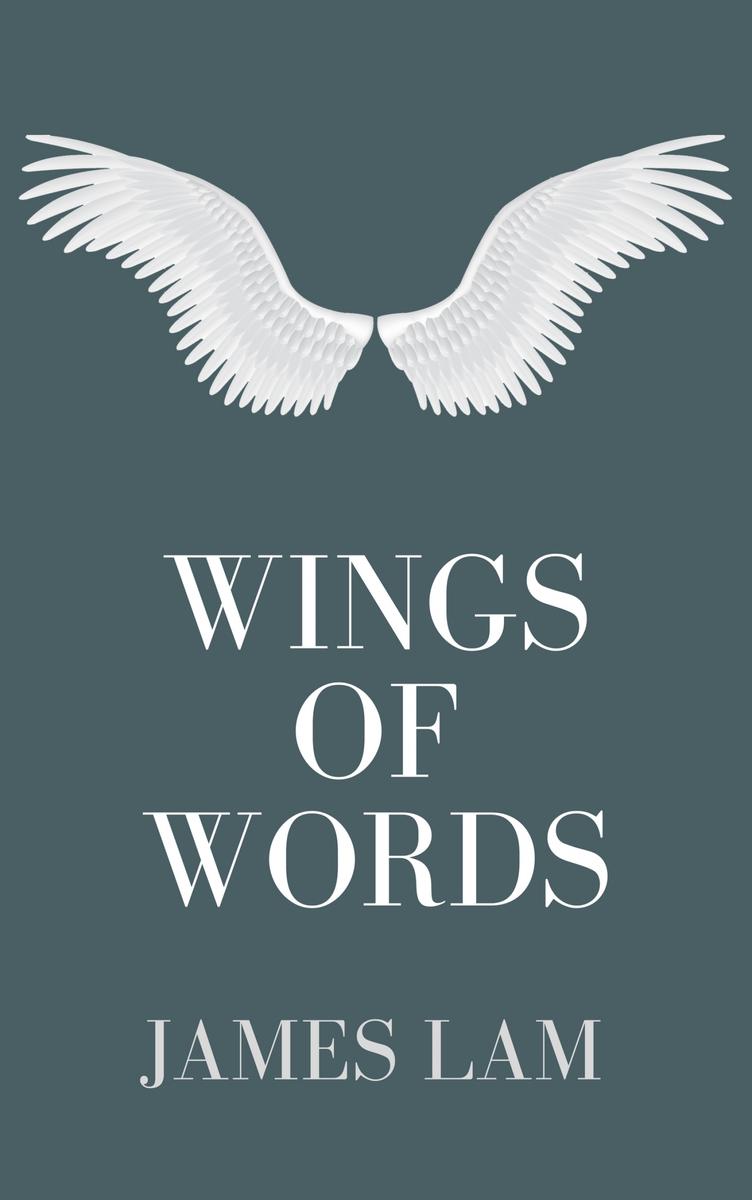
Wings of Words
¥32.62
Wings of Words
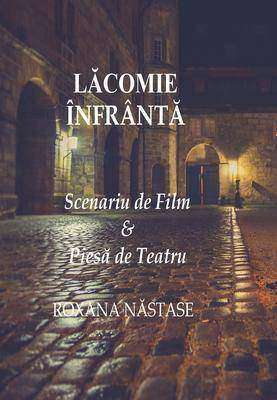
L?comie ?nfr?nt?
¥23.30
L?comie ?nfr?nt?
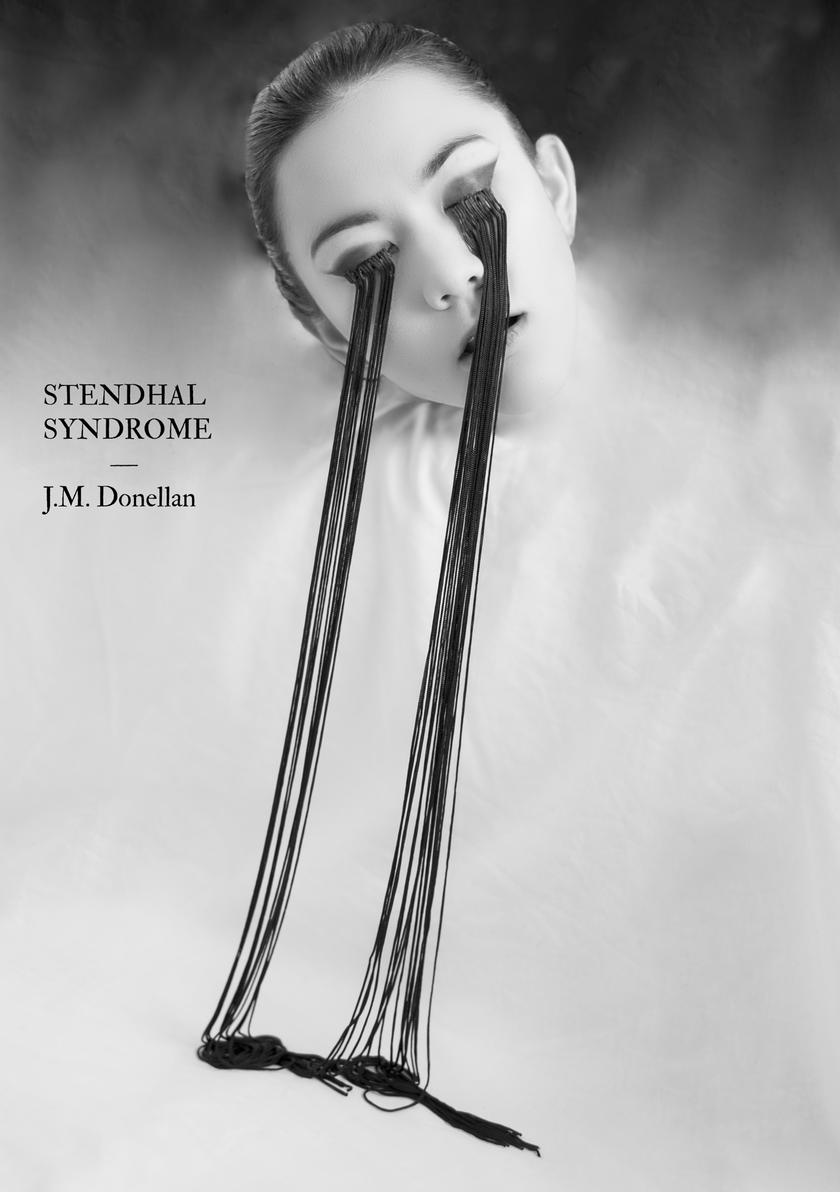
Stendhal Syndrome
¥24.44
Stendhal Syndrome

Fun Facts On Musical Instruments
¥85.65
Fun Facts On Musical Instruments

The 2 Position Guitar Scale System: Scales and Arpeggios
¥40.79
The 2 Position Guitar Scale System: Scales and Arpeggios




 购物车
购物车 个人中心
个人中心



